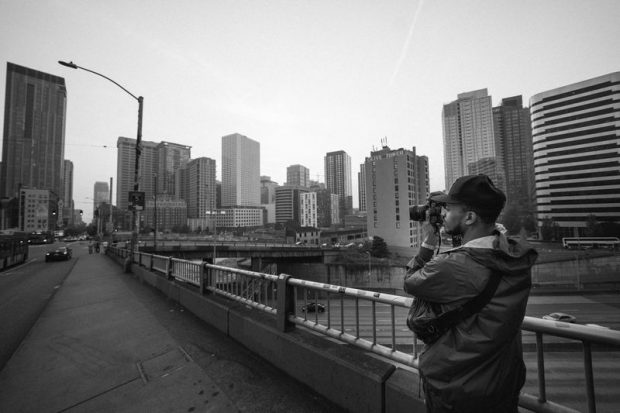Getting The Framing Streets To Work
Table of ContentsFraming Streets - The FactsIndicators on Framing Streets You Need To KnowHow Framing Streets can Save You Time, Stress, and Money.The Ultimate Guide To Framing StreetsFacts About Framing Streets UncoveredThe smart Trick of Framing Streets That Nobody is Talking About
Digital photography category "Crufts Pet Show 1968" by Tony Ray-Jones Road photography (likewise sometimes called candid digital photography) is digital photography conducted for art or query that features unmediated opportunity encounters and random incidents within public locations, usually with the goal of recording pictures at a definitive or touching moment by cautious framing and timing. 
, who was motivated to undertake a similar documents of New York City. As the city created, Atget aided to advertise Parisian roads as a worthwhile subject for photography.

Framing Streets for Dummies
In between 1946 and 1957 Le Groupe des XV every year displayed job of this kind. Andre Kertesz. Circus, Budapest, 19 May 1920 Street digital photography formed the major web content of 2 exhibitions at the Museum of Modern Art (Mo, MA) in New York curated by Edward Steichen, Five French Professional Photographers: Brassai; Cartier-Bresson, Doisneau, Ronis, Izis in 1951 to 1952, and Post-war European Digital Photography in 1953, which exported the principle of road photography worldwide.

The Ultimate Guide To Framing Streets
, then a teacher of young children, connected with Evans in 193839.'s 1958 publication,, was considerable; raw and typically out of focus, Frank's pictures examined mainstream digital photography of the time, "tested all the official policies laid down by Henri Cartier-Bresson and Pedestrian Evans" and "flew in the face of the wholesome pictorialism and heartfelt photojournalism of American magazines like LIFE and Time".